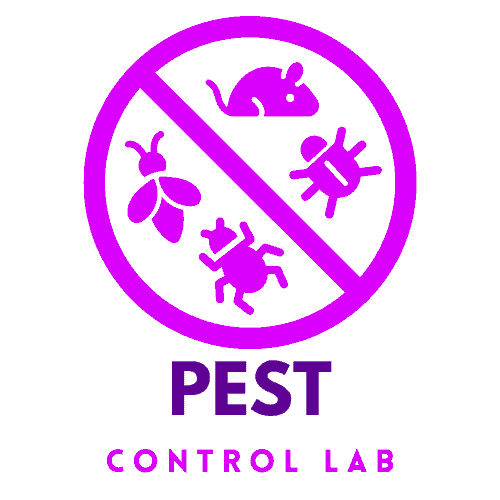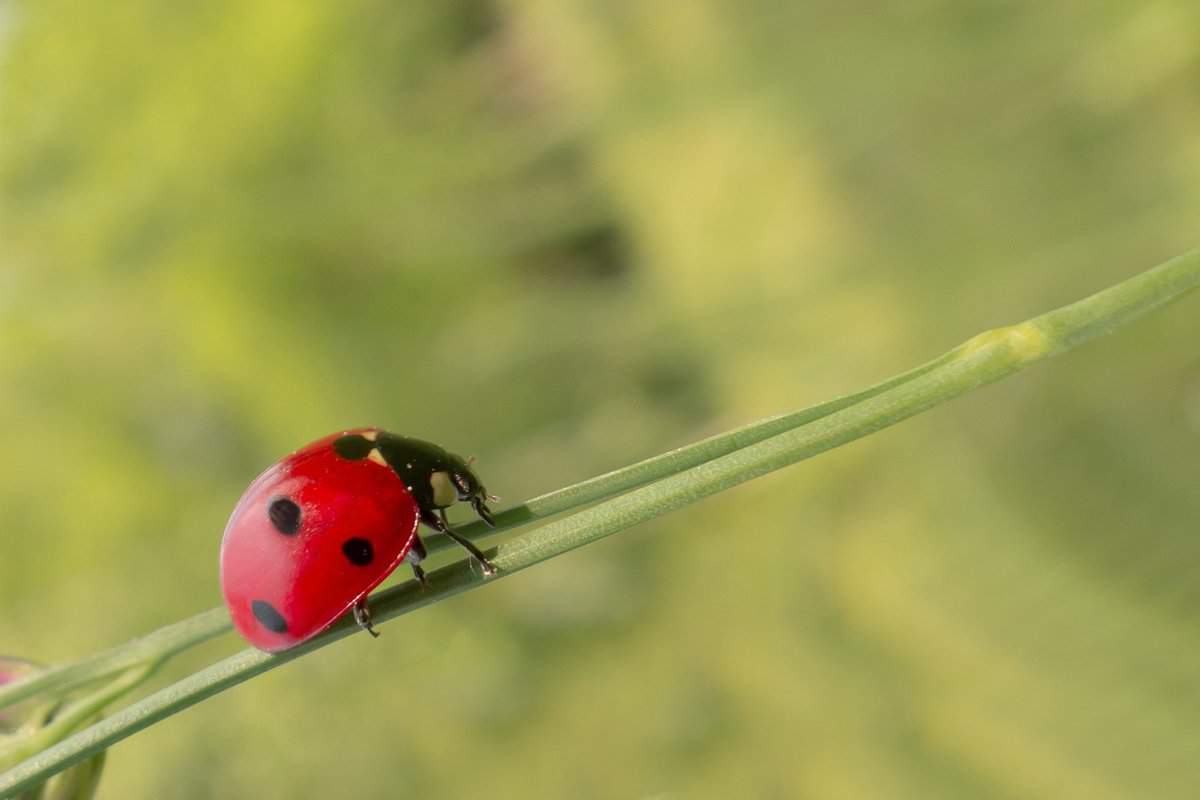Harnessing Nature’s Arsenal: A New Era of Eco-Friendly Pest Control
Introduction to Nature’s Balance
Using nature to control nature is a harmonious concept; biological pest control embodies this beautifully. This method, which involves using natural predators to manage pest populations, is a cornerstone of sustainable agriculture and environmental stewardship. It’s a story of how we’re learning to dance with the natural world’s rhythms rather than disrupt them.
Historical Context: The Roots of Biological Control
Biological control isn’t a new idea; its roots stretch back centuries. Early agricultural societies observed and utilized natural relationships between species to protect crops. The modern era of biological control began in the late 19th century with the successful introduction of the Vedalia beetle into California to control cottony cushion scale, a pest devastating the citrus industry at the time. This landmark event began a more scientific and systematic approach to biological control.
The Heroes of the Ecosystem: Beneficial Insects and Other Predators
The diversity of natural predators used in biological control is astounding. Each predator has a specific role and target, creating a tapestry of interdependent relationships.
- Ladybugs: These are perhaps the most famous biological control agents, voraciously consuming aphids, mites, and other harmful insects.
- Lacewings and Parasitic Wasps: These insects target a variety of garden pests, acting as natural pest suppressants.
- Bacillus thuringiensis (Bt): A naturally occurring bacterium used as a microbial insecticide, it’s particularly effective against caterpillars and other leaf-eating pests.
- Birds and Bats: Often overlooked, these creatures are crucial in controlling insect populations, acting as natural pest suppressors.
Techniques and Strategies in Biological Control
Biological control strategies vary based on the pest and predator. These include:
- Classical Biological Control: Involves introducing a predator from a pest’s native habitat to control its population in a new environment.
- Augmentation: This involves the supplemental release of natural enemies, boosting the predator population.
- Conservation: This strategy focuses on modifying the environment to protect and enhance natural predators’ effectiveness.
The Benefits: A Multifaceted Approach in Pest Control
The benefits of biological control are extensive. Reducing chemical pesticide use protects our waterways and soil from contamination, protects non-target species like bees and butterflies, and promotes biodiversity. It’s also a cost-effective solution in the long run, as these natural control systems can become self-sustaining once established.
Challenges and Ethical Considerations in Pest Control
Despite its benefits, biological control isn’t without its challenges. The introduction of non-native species can sometimes lead to unintended ecological consequences. There’s also the ethical question of manipulating natural ecosystems for human benefit. Ongoing research, ethical considerations, and strict regulatory frameworks are essential to navigate these challenges.
Impact on Ecosystems and Biodiversity
Biological control can significantly enhance ecosystem health and biodiversity. We encourage a more balanced and resilient ecosystem by relying on natural predators. This approach can also lead to discovering new species interactions and ecological insights.
Global Success Stories
There are numerous success stories of biological control across the globe. From predatory mites in California vineyards to combat spider mite infestations to the introduction of weevils in Africa to control the invasive water hyacinth, these examples highlight the method’s effectiveness and adaptability.
Future Directions and Innovations in Pest Control
As we look to the future, the potential for biological control is boundless. Technological advances like precision agriculture and genetic engineering may offer new ways to enhance and fine-tune biological control methods. Integrating biological control with other sustainable practices like organic farming and permaculture represents the next frontier in our journey toward harmonious coexistence with nature.
Conclusion: Embracing Nature’s Wisdom
Biological pest control represents a shift in our relationship with the natural world. It’s a testament to the wisdom of nature and our growing understanding of its intricate web. In gardens and farms across the globe, the tiny warriors of nature are not just controlling pests; they are heralding a new era of ecological awareness and sustainable living.






Your article helped me a lot, is there any more related content? Thanks!